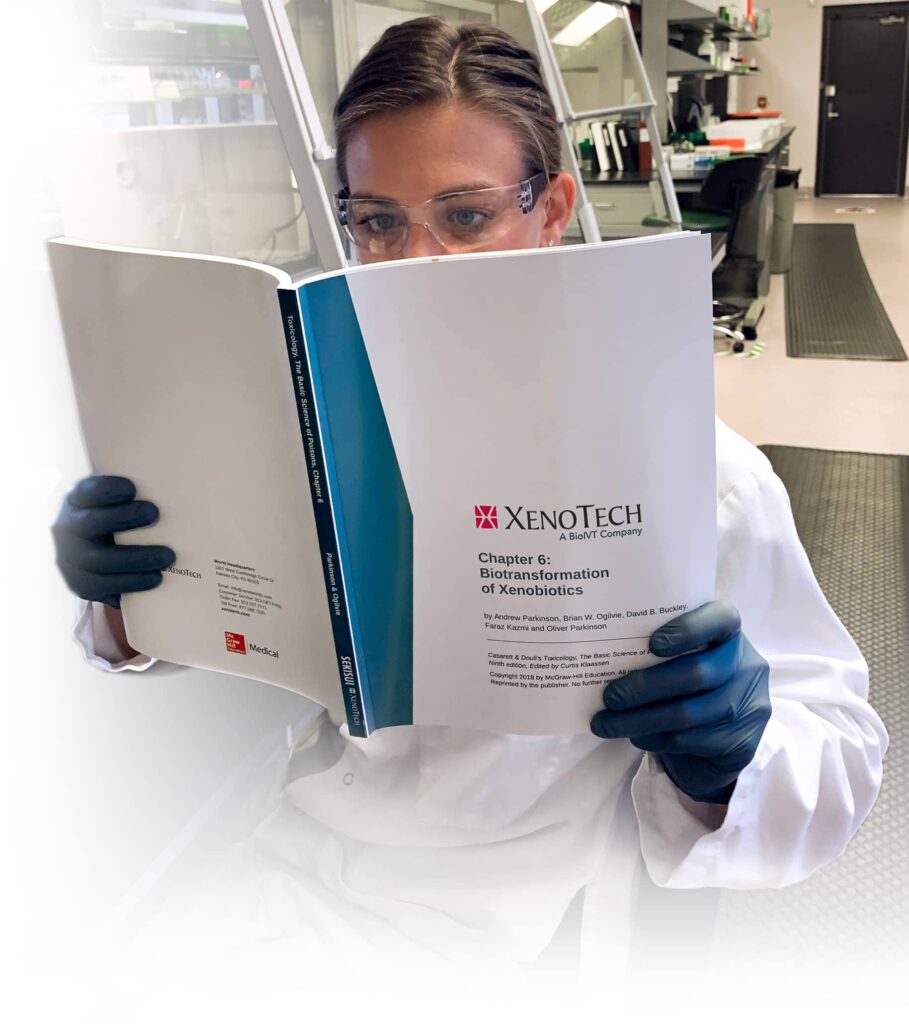
High-resolution mass spectrometry for rapid metabolite characterization and reaction phenotyping: a case study with repaglinide
Full Title
High-resolution mass spectrometry for rapid metabolite characterization and reaction phenotyping: a case study with repaglinide
Abstract
Assessing the involvement of specific cytochrome P450 (P450) enzymes in biotransformation of a drug is an important step in evaluating overall disposition and victim potential for clinically-relevant drug-drug interactions. Current methods for biotransformation pathway identification (reaction phenotyping) rely on prior knowledge of metabolites, biotransformation routes, and availability of metabolite reference standards or radioisotopically-labeled drug. Synthesis of metabolite standards and radiolabeled compounds is time-consuming and expensive and the material is typically not available in early preclinical testing. Reaction phenotyping can be achieved by monitoring loss of the parent drug, but that approach suffers from a lack of specificity. Consequently, it is preferable to monitor the formation of one or more metabolites to obtain a comprehensive biotransformation map for the drug of interest. In general, this requires radiolabeled drug or metabolite reference standard material, potentially adding several months to the drug development timeline before biotransformation pathway assignments can be made.
High-resolution mass spectrometry (HRMS) is a powerful tool for a priori metabolite profiling and characterization because complex data sets comprising information on all of the components in a sample, within a specified mass range, are acquired. HRMS data can be employed for relative quantitation of all detected components and have potential for derivation of earlier stage reaction phenotyping information without the need for metabolite reference standards. In the present study, the prandial glucose regulator repaglinide was incubated with various in vitro reaction phenotyping test systems, and the samples were analyzed by HRMS metabolite profiling approaches to characterize all of the repaglinide metabolites formed. Relative amounts of each individual metabolite detected in different incubation test systems were compared to establish relationships between specific P450 enzymes and repaglinide metabolites. In the absence of metabolite reference standards, the abundance values were not compared across different metabolites since ionization efficiency for each metabolite is unknown. The approach was assessed for its suitability for rapid determination of specific biotransformation pathways for a drug in development without the additional time and cost associated with generating radiolabeled drug or metabolite reference standards.
This poster was presented at the annual ISSX meeting in 2013.